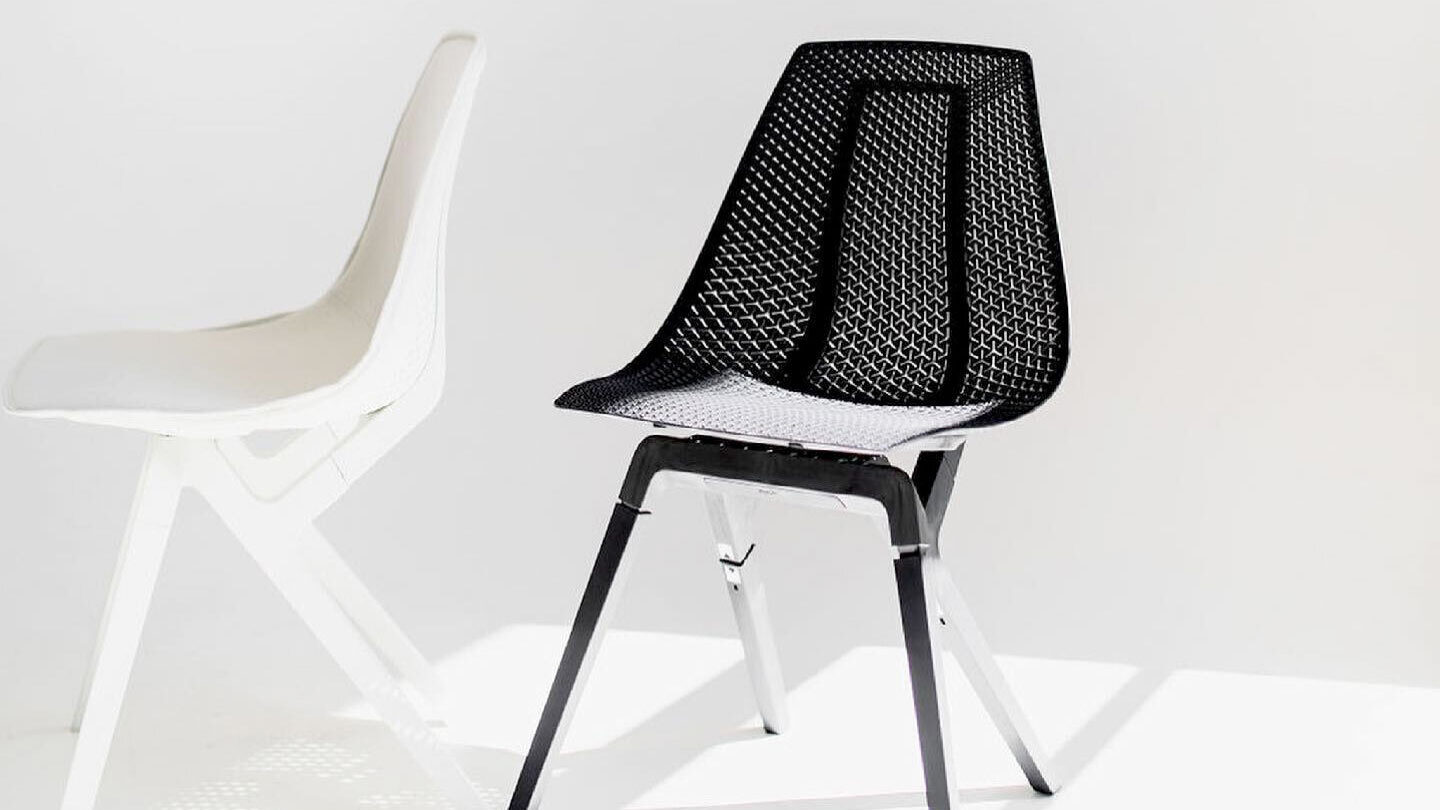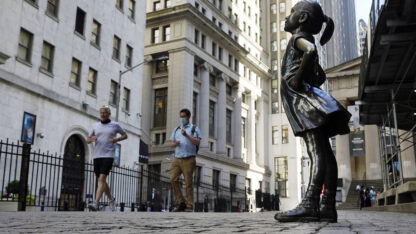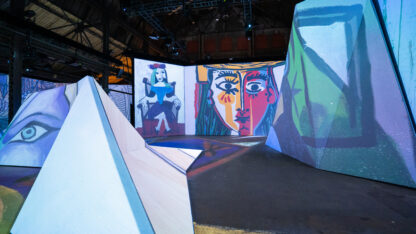An ecological approach to design in MODA's 'Full Circle' exhibit

Since the industrial age, technology has significantly improved our quality of life. For many, it has even extended life. But the costs to our natural environment are immense and demand reckoning. At MODA or the Museum of Design Atlanta, a new exhibition, “Full Circle: Design Without End,” explores how design projects sustain and regenerate natural systems. “City Lights” host Lois Reitzes joined MODA’s executive director Laura Flusche via Zoom and the exhibition’s co-curator, Veronica Klusik, to talk about some of the exhibit’s features.
Ecological approaches to product design:
“There is a section about circular design, which is the idea of not creating virgin materials like virgin plastic or virgin nylon, but being able to take the plastic and nylon objects we have and recycle and reuse them,” Flusche explained. “Bureo [works] out of South America, and they rescue fishing nets. Fishing nets are the single largest contributor of plastic pollution in our oceans. So they rescue fishing nets that have been discarded in the oceans, recycle them, and then work with companies like Patagonia to turn them into outerwear and sports clothing that we might wear.”
She continued, “There’s another very exciting company called Aquafil. They’re Italian-based, but they have an outpost here in Cartersville, and they recycle carpets and fishing nets and other plastics and turn it into a fiber called ‘Econyl’ that lots of companies use to create rugs, outerwear, purses, sunglasses, swimsuits, chairs, lots of different things.”
The amazing “carbon garden” dress made with algae:
“I would love to see these on the runway someday. The idea behind the project itself is a bit more speculative. So the designer created these garments within a vision for the future in which individuals are made aware of their carbon impact,” said Klusik. “In this imagined future, we would all receive a certain amount of carbon credits per day that we could use whenever we make an action. We use up these carbon credits, and by wearing this dress, we can earn more carbon credits because our dress is pulling carbon out of the atmosphere and cleaning the atmosphere while we wear it.”
Celebrating an Atlanta landmark in sustainable architecture:
“The Kendeda building [at Georgia Tech] is, I believe, the 28th building on the globe to be designated as a ‘living building,’ which is the highest green standard there is for architecture in the world,” said Flusche. “In order to become a living building, a building has to produce more energy than it uses, which the Kendeda building does. It has to clean and restore water into the ground more than it uses, which it does.”
“When you put on the VR headset, you really are right there in the building, and it has such fidelity that you’re able to walk around and read the signage they have in the building, explaining how the building works. You can visit things like the extraordinary toilets that everybody loves to visit when they visit the Kendeda building because they use very little water and a special foam to deal with what goes in them,” Flusche said.
“Full Circle: Design Without End” is on view at MODA through Sept. 25. Tickets and more information are available at www.museumofdesign.org/tickets.








